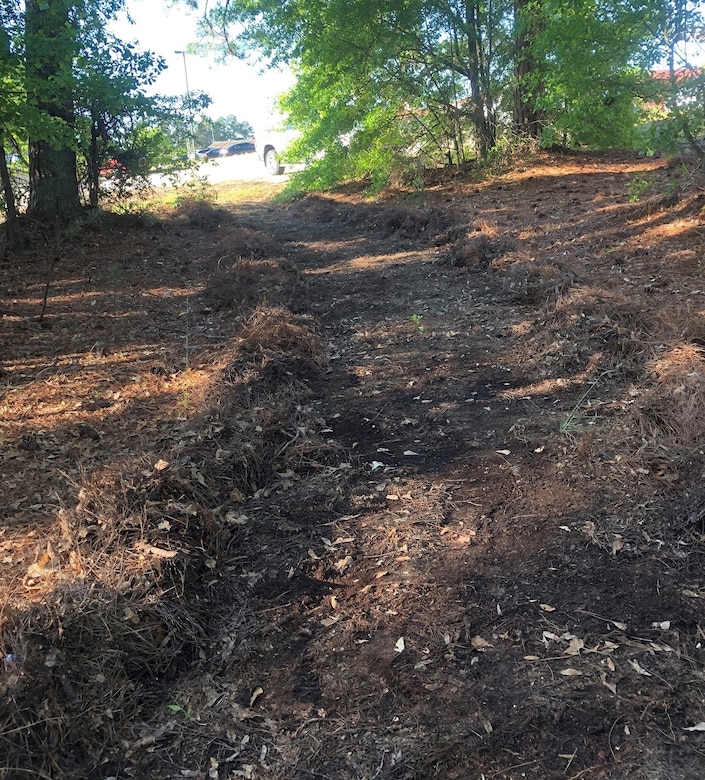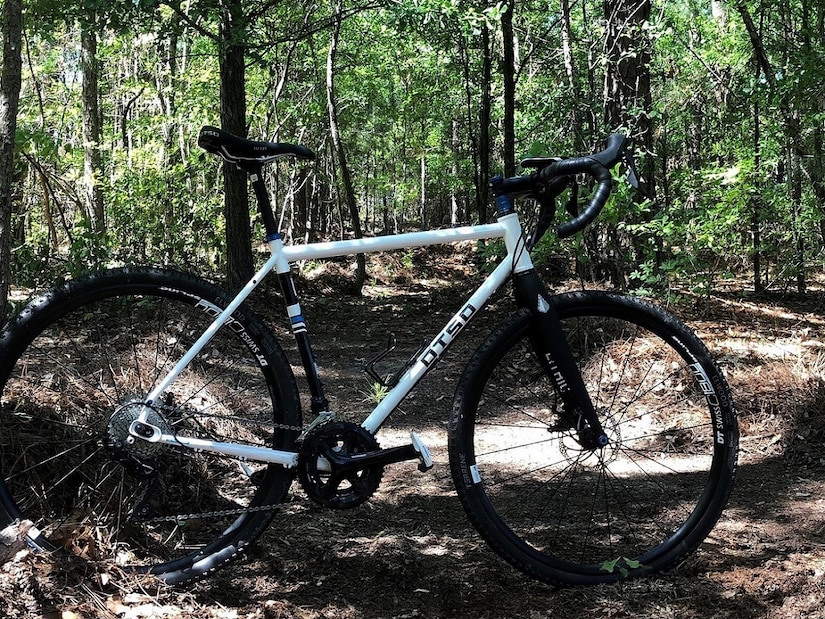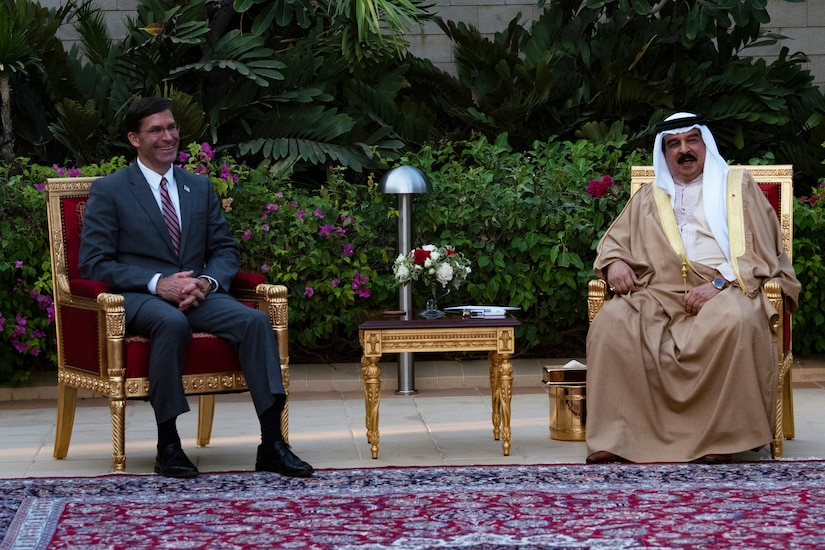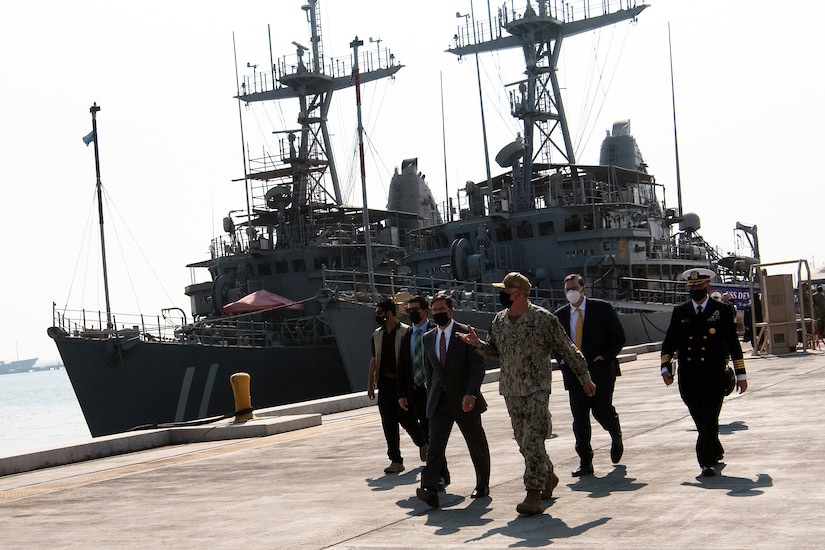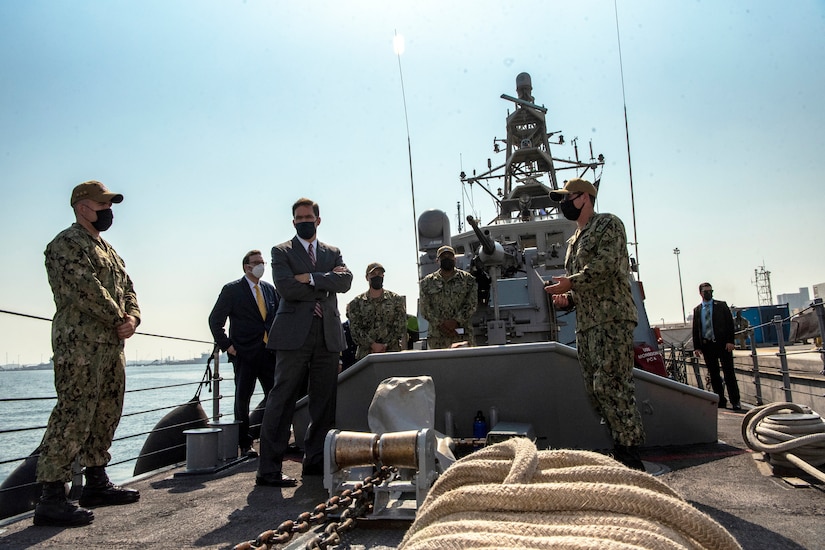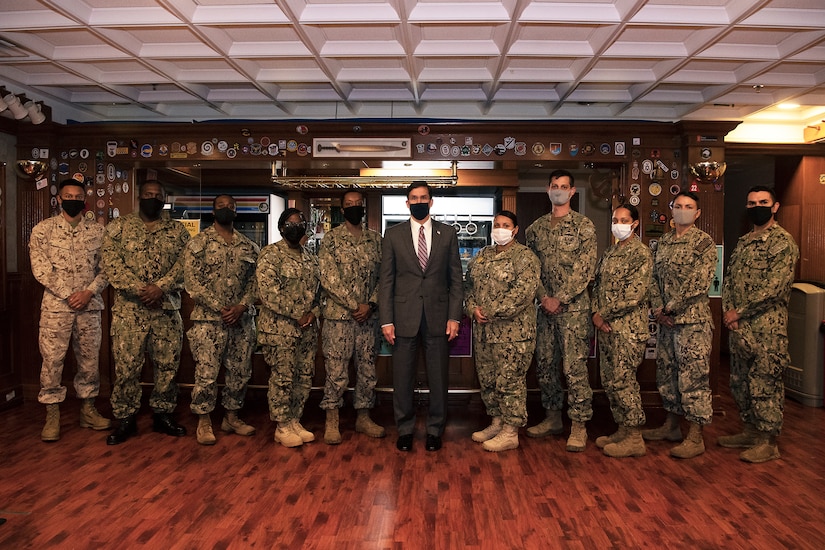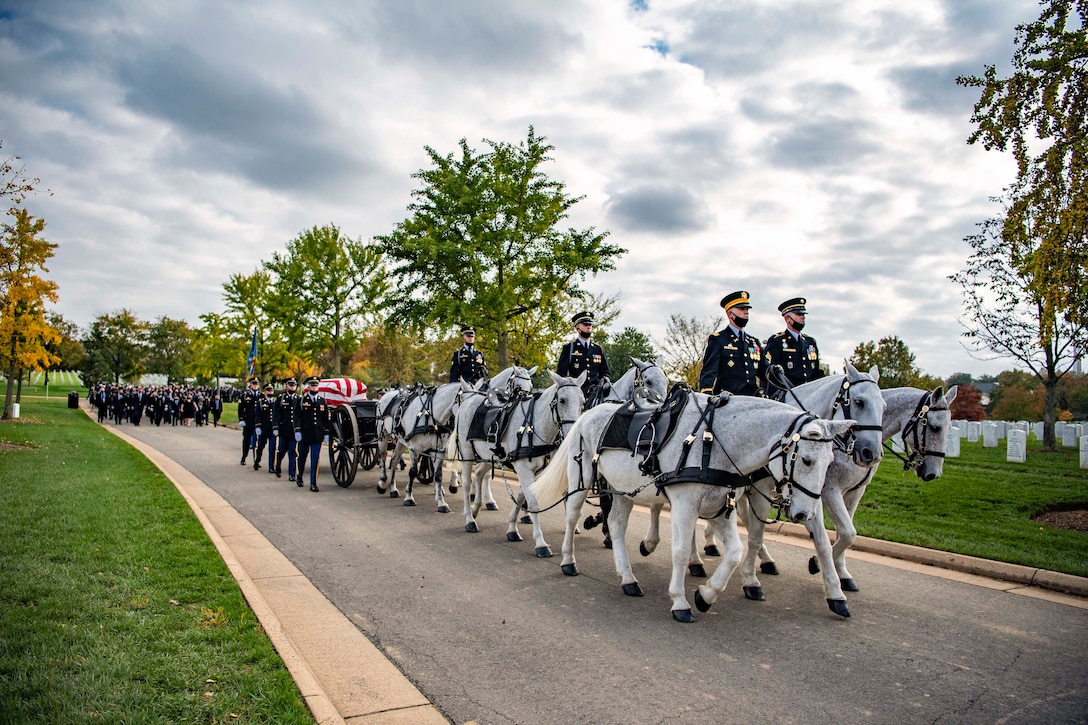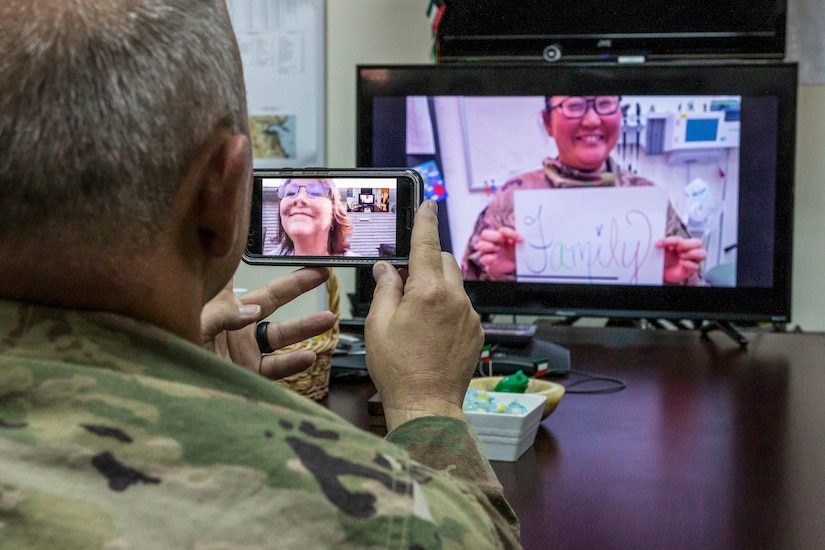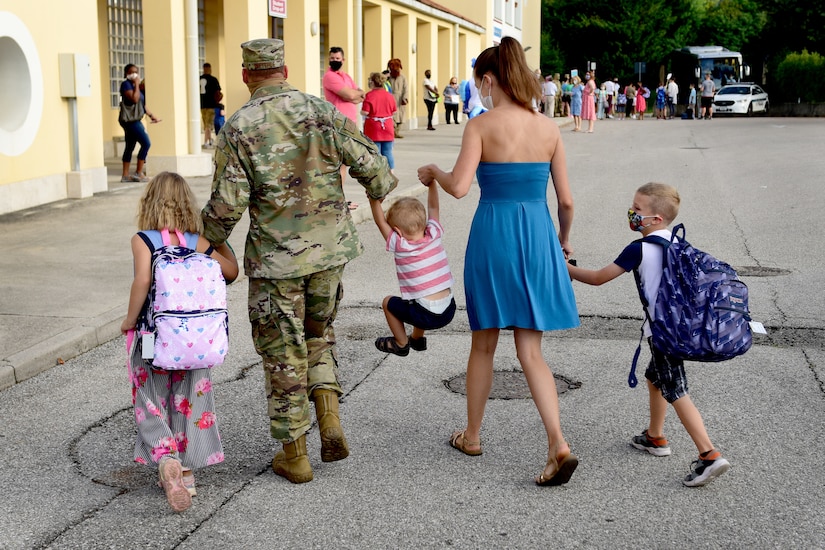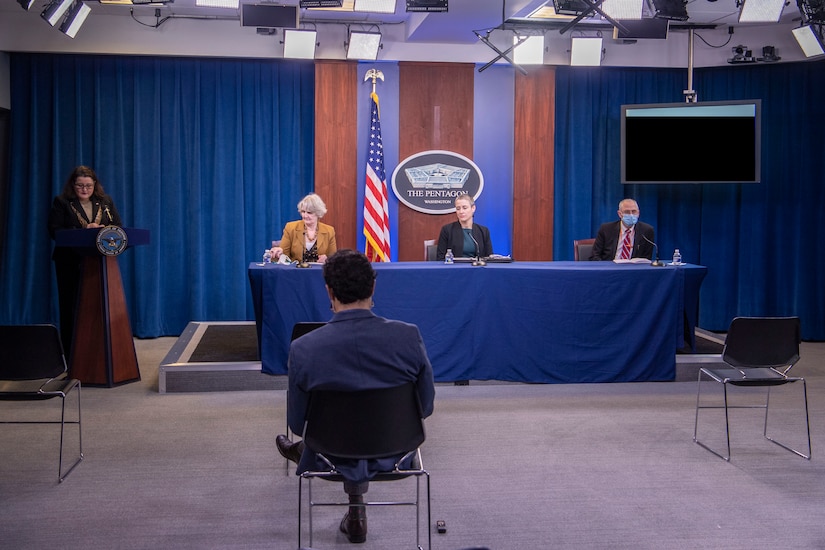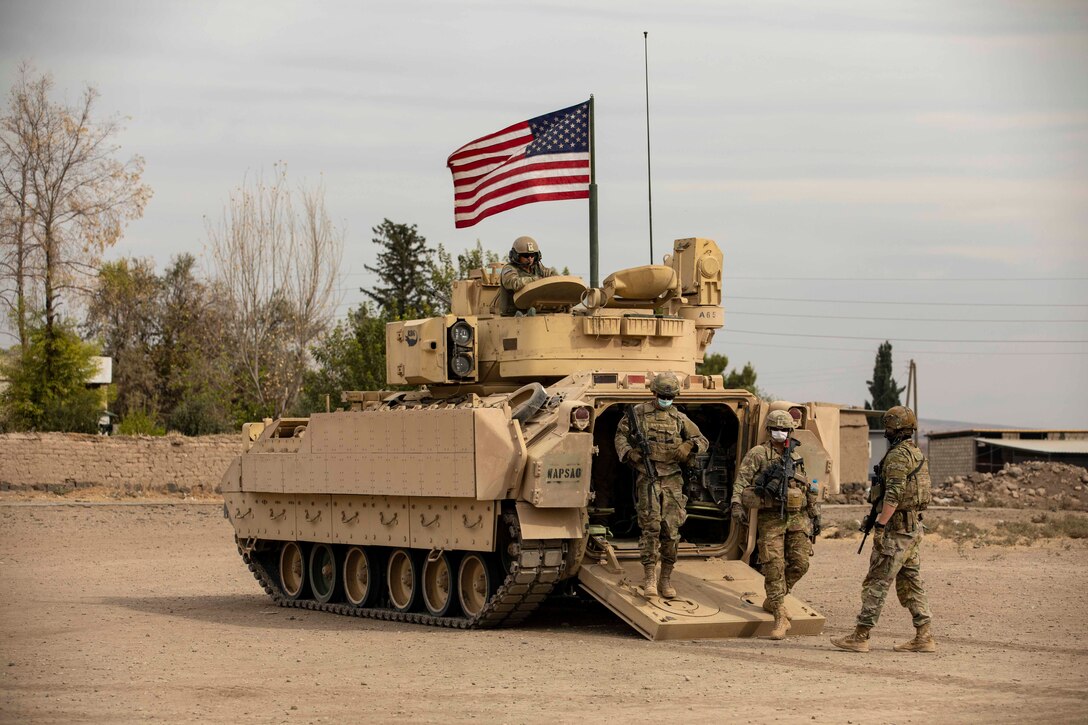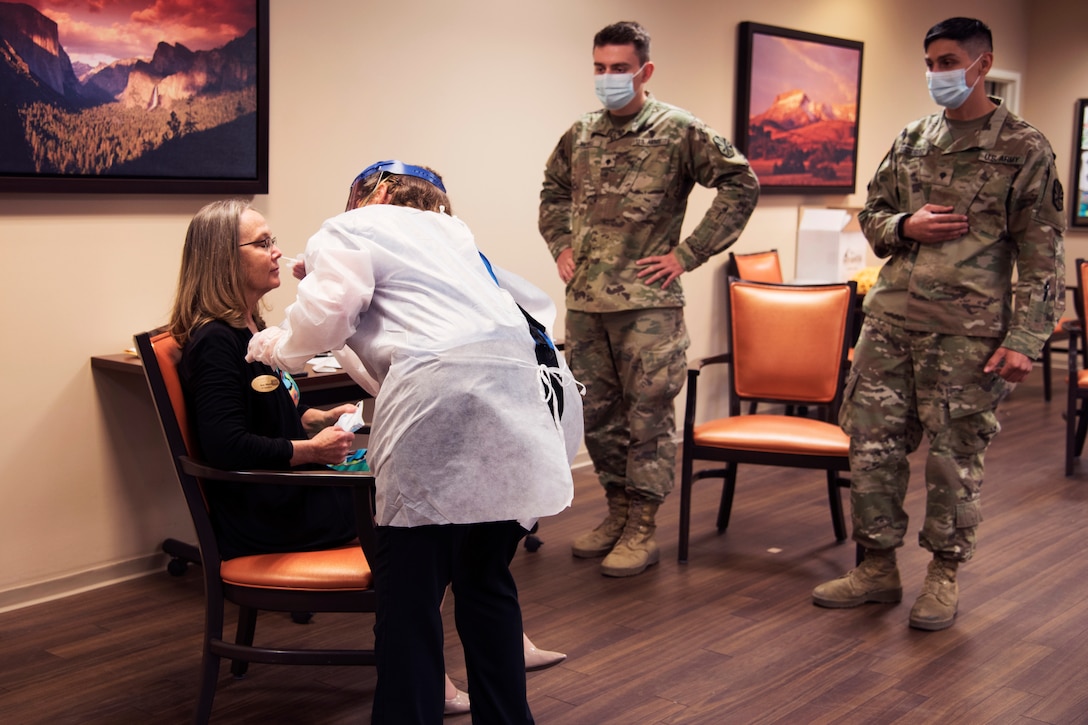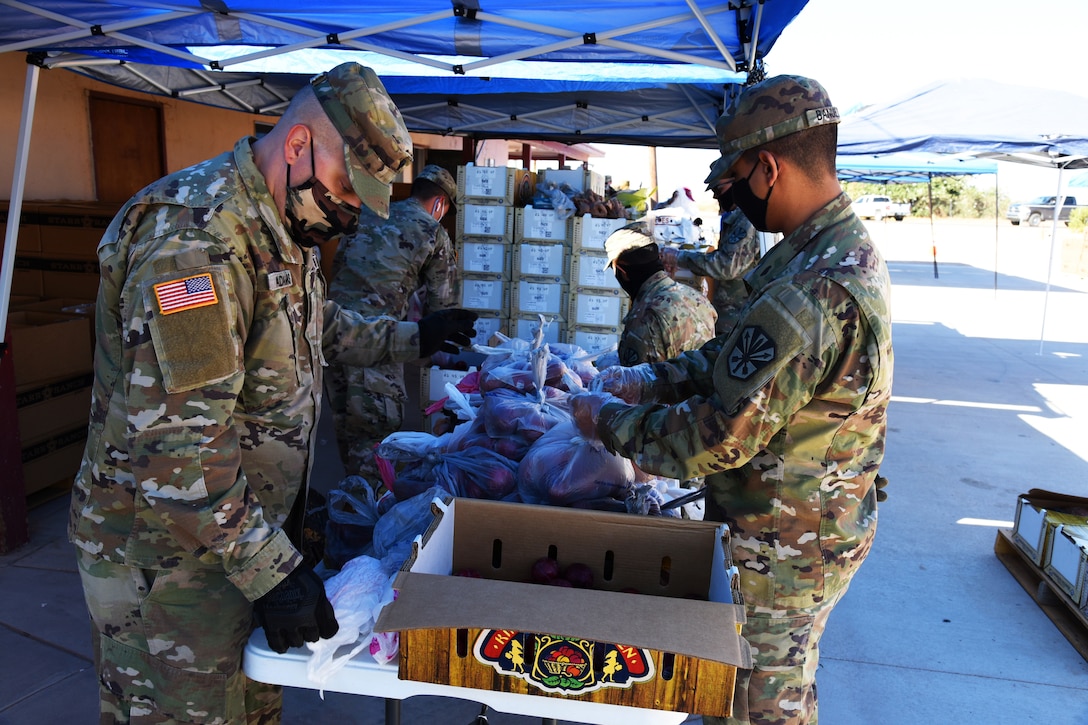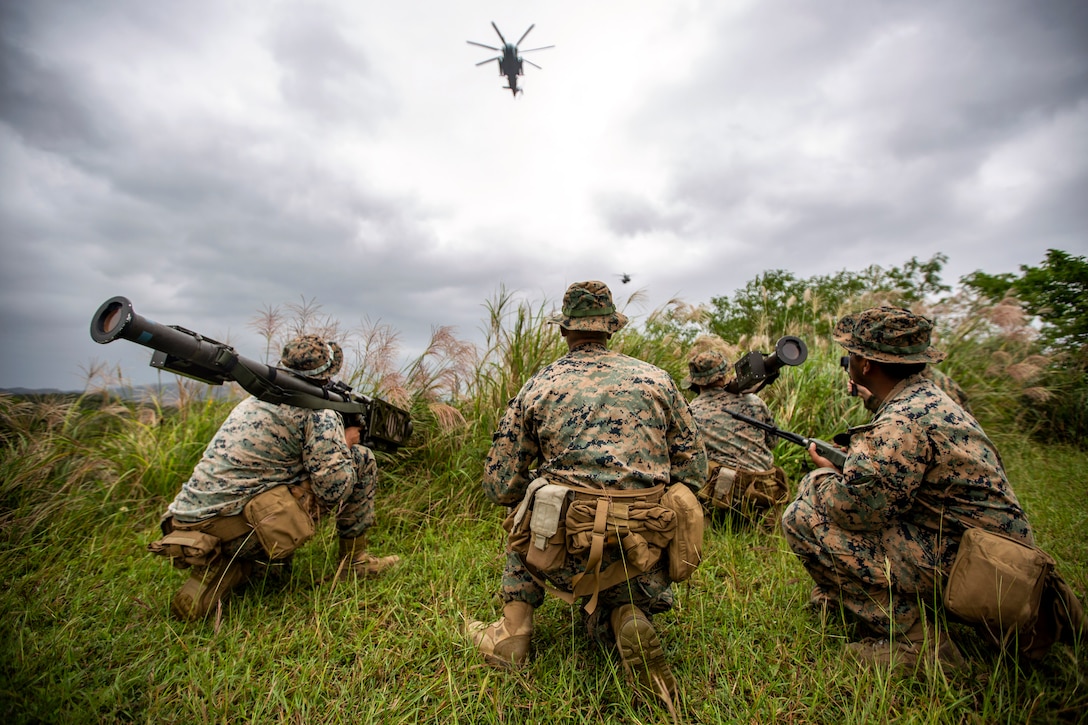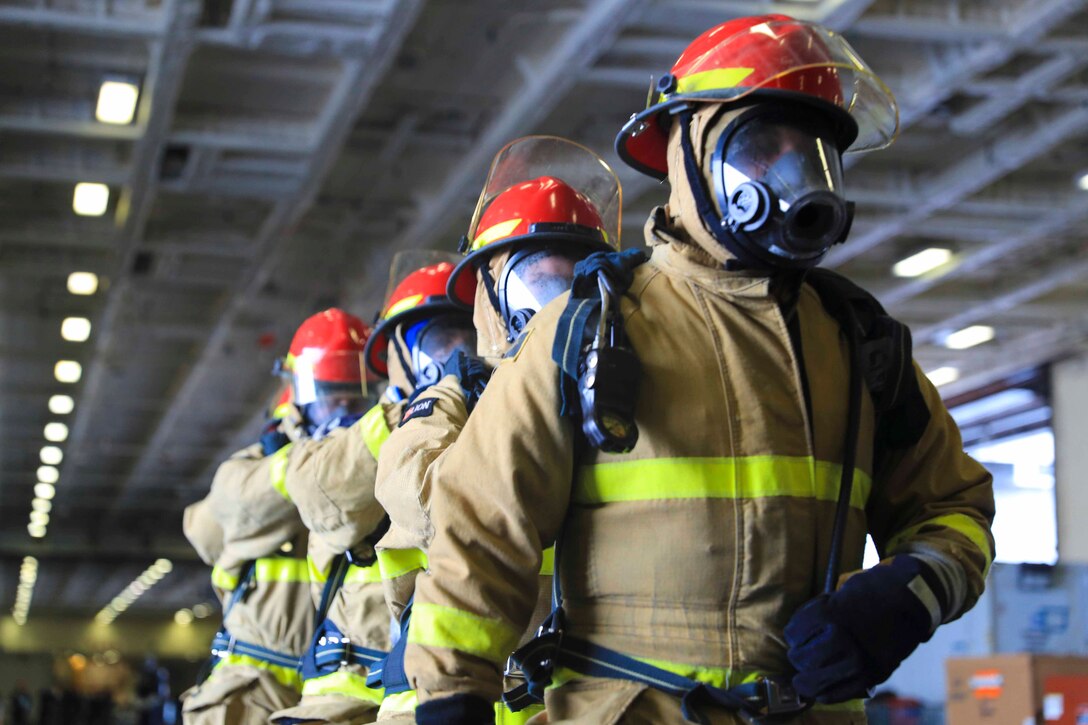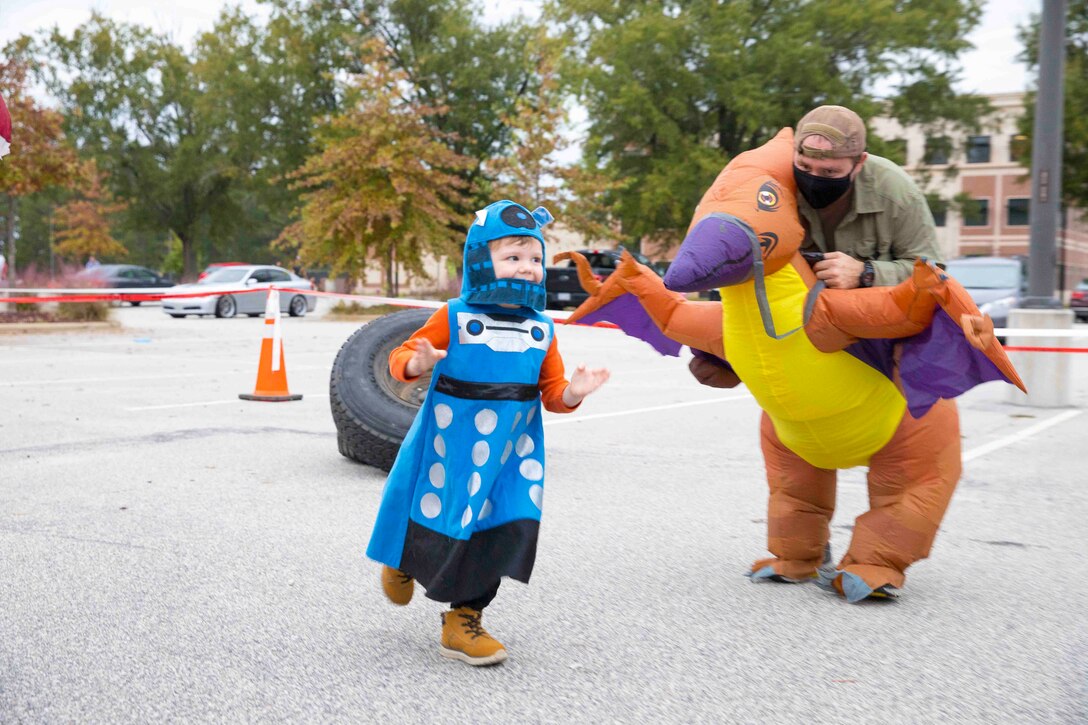Oct. 29, 2020
|
BY C. Todd Lopez
, DOD News
During the COVID-19 pandemic-related lockdowns, the
use of counseling support, such as what's available through Military
OneSource has continued to rise — something that's actually been
happening since before lockdowns began in March, said Lee Kelley, the
director of Military Community Support Programs.
"We've seen a steady increase in Military OneSource utilization of
non-medical counseling that has continued throughout COVID-19, but did
not start at the onset of COVID-19," Kelley said, adding that during
COVID-19, the lockdowns and the pandemic itself have increasingly shown
up as stressors in counseling sessions.
The Military OneSource program has always provided non-medical
counseling, Kelley said, for such issues related to military life that
are under the threshold of what would be needed for a mental health
diagnosis. Included in issues covered there, Kelley said, are
relationships, anger, communications issues, grief and loss, for
instance. The non-medical counseling provided through Military OneSource
can be provided face-to-face, she said, but more often it's provided
via telephone or video.
The related Military and Family Life Counseling Program, on the other
hand, has always been face-to-face. That is, Kelley said, until
COVID-19 closed down so many resources.
"What happened during COVID-19 was [that] a demand signal immediately
went up from our military community, service members and families
around the globe," Kelley said. "[They said] ... we don't want to lose
the capability of the counseling support provided by the Military and
Family Life Counseling Program. So the program quickly transitioned in a
matter of days to provide telehealth support ... so that same counselor
that you knew from your child's school, you were then able to connect
with via video."
Kelley said a commonality between both counseling programs is that
the most frequent topic for personnel seeking assistance from both
services is relationship issues.
"That's the top issue people seek non-medical counseling through our programs for: relationship support," she said.
As a result, Kelley said, Military Community Support Programs has
created a new program to focus specifically on highlighting the issue.
"We've been focused on a public-facing relationship campaign to help
pull back the curtain on what relationship support looks like for
couples in the military," she said. "And we're looking internally at how
we provide that relationship support to determine how we can do it in
the most effective manner possible."
No Rise in Domestic Abuse
While there have been some reports in the civilian community of a
rise in reports of domestic abuse during COVID-19, the same hasn't
happened in the military community, defense leaders said.
"Certainly, we see the news and we know that in the civilian
community there are increases in the number of reports," said Carolyn
Stevens, the director of the Office of Military Family Readiness Policy.
"We are not currently seeing that within our military services. In
fact, the number of reports now are very similar to the reports a year
ago this time."
Nevertheless, she said, because there have been reports of such an
increase in civilian communities, the department needs to keep an eye on
the issue.
"We are concerned ... and this is an issue that we do need to maintain watch [on]," she said.
